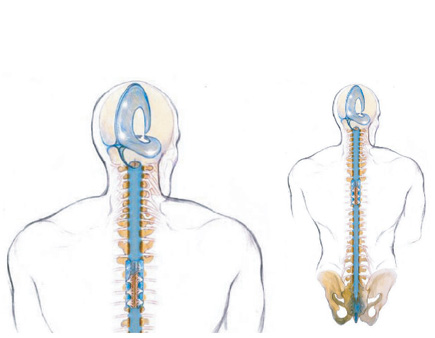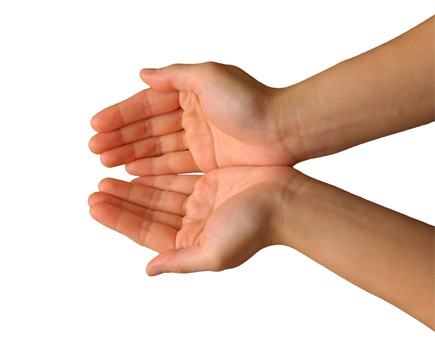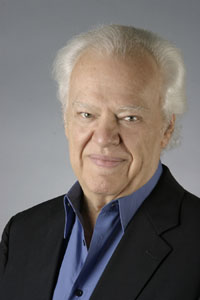
For nearly 30 years, osteopathic physician and researcher John E. Upledger, D.O., O.M.M., has been a proponent of using the rhythm of the CranioSacral system to enhance body functioning, and help alleviate pain and discomfort. The CranioSacral system consists of the membranes and cerebrospinal fluid that surround and protect the brain and spinal cord. It extends from the bones of the skull, face and mouth, which make up the cranium, down to the sacrum, or tailbone area. CranioSacral Therapy is a gentle method of detection and correction that encourages your own natural healing mechanisms to dissipate the negative effects of stress on your central nervous system. You also benefit from better overall health and resistance to disease. Since this vital system influences the development and performance of the brain and spinal cord, an imbalance or restriction in it could potentially cause any number of sensory, motor or neurological disabilities.
These problems could include chronic pain, eye difficulties, scoliosis, motor-coordination impairments, learning disabilities and other health challenges.

CranioSacral Therapy strengthens your body's ability to take better care of you. It helps alleviate a range of illness, pain and dysfunction, including:

CranioSacral Therapy is often performed on a person fully clothed. Using a light touch—generally no more than the weight of a five Baht coin—the practitioner monitors the rhythm of the CranioSacral system to detect potential restrictions and imbalances. The therapist then uses delicate manual techniques to release those problem areas and relieve undue pressure on the brain and spinal cord.
Sometimes the benefits are not immediately noticeable but become obvious on returning to a familiar environment.A CranioSacral Therapy session can last from 30 minutes to more than an hour.
The first thing the patient will probably notice is a sense of deep relaxation, which will generally last throughout the session. After each session the body normally needs time to familiarize and adjust itself to the newly found balance. With subsequent treatments this newly found balance often extends into everyday life.
Repeated therapy sessions might be advisable to achieve a deeply rooted and lasting balance of body and mind.
The result? A central nervous system free of restrictions! And a body that is able to return to its greatest levels of performance!

CranioSacral Therapy dates back to 1970 when osteopathic physician John E. Upledger first witnessed the rhythmic movement of the CranioSacral system during a spinal surgery. Yet none of his colleagues nor medical texts could explain the phenomenon.
Two years later, Dr. Upledger attended a short course on cranial osteopathy developed by Dr. William Sutherland. The course focused on the bones of the skull and the fact that they were not fused as doctors had been taught in medical school. Instead, Sutherland's material demonstrated that skull bones continue to move throughout a person's life.
Putting this new information together with the odd pulsing rhythm he had observed years before, Dr. Upledger theorized that a hydraulic system of sorts was functioning inside the CranioSacral system. He then set out to confirm his theories.
In 1975 he joined the Osteopathic College at Michigan State University as a clinical researcher and Professor of Biomechanics. There he led a team of anatomists, physiologists, biophysicists and bioengineers to test and document the influence of therapy on the CranioSacral system. For the first time they were able to explain the function of the CranioSacral system, and demonstrate how light-touch therapy could be used to evaluate and treat malfunctions involving the brain and spinal cord.